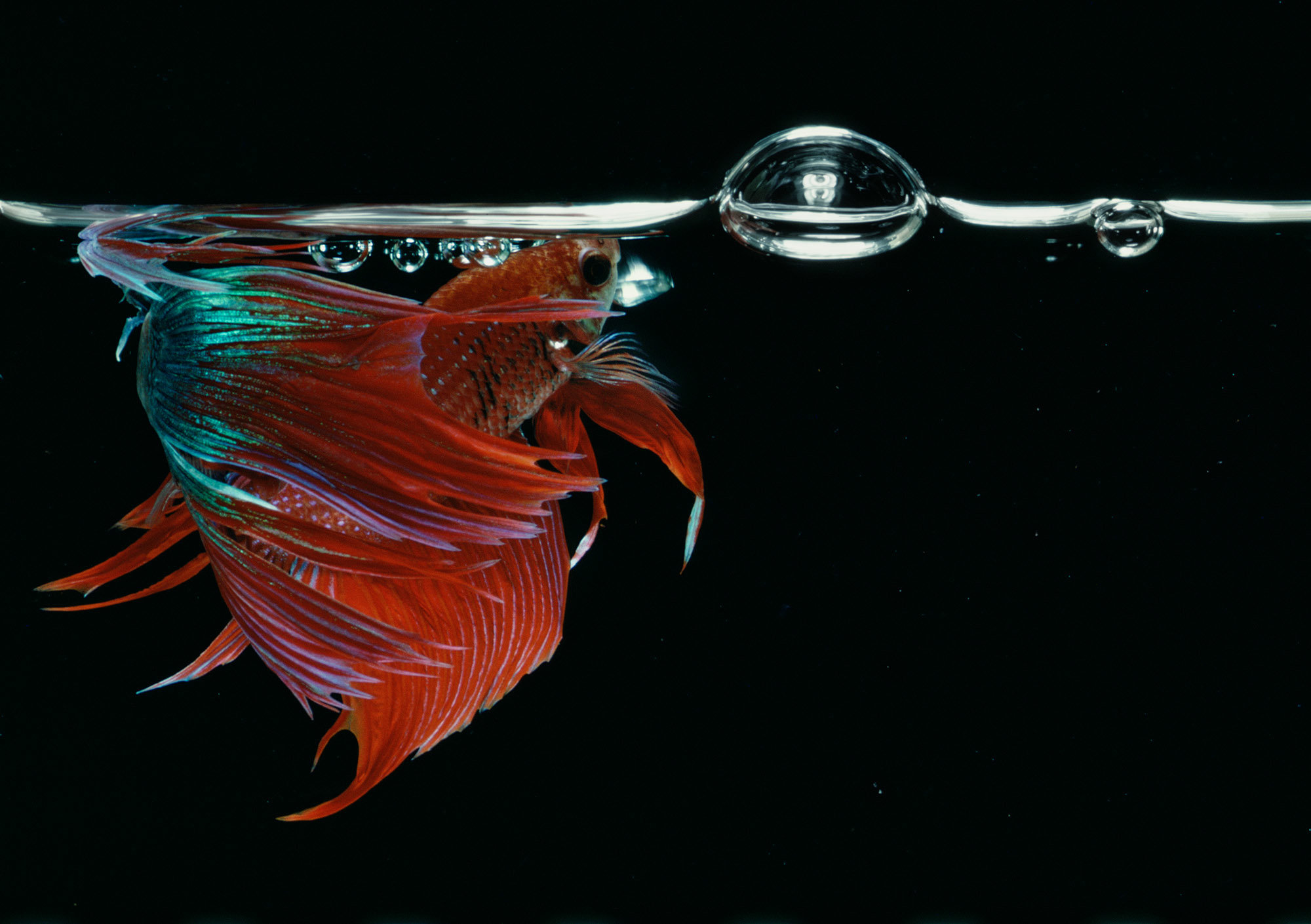This is one series that has been swirling lazily around in my mind for so many years that it’s now obviously a part of my mental scaffolding. I first saw them when I worked at the Photographers’ Gallery and I was moved by them. So the series goes straight into my virtual collection, and not just a single picture. I absolutely love them and have loved them consistently, so I’m having all of them. They’re by Matthew Dalziel and they’re called called Images for Hugh.

About ten years ago, I wrote to Matthew to ask a little about them, and this is how he answered :
“Thank you for getting in touch and giving me the opportunity to reflect on images I had completely forgot about but which were very important to my development as an artist.
The exhibition was called Mysterious Coincidences and was at the Photographer’s Gallery, London from the 4th December 1987 to 16th January 1988. The exhibition was curated by Susan Beardmore (now Susan Daniel McElroy) and Alexandra Noble. My work was called ‘Images for Hugh’ which was dedicated to a close friend who died a young man in his twenties. Hugh and I worked together in an engineering factory in Cumnock in Ayrshire, Scotland. I left engineering to go to art school in Dundee but I returned every now and then to see old work mates. On my first visit back which was about two months after Hugh’s death they told me that Hugh’s milk bottle with his oily fingerprints on it was still on the shelf where he left it, no one would touch it or remove it. That image remained with me and when I was studying documentary photography at Newport College I spent a lot of time photographing with 5x4inch cameras in the dock area particularly the engineering sheds. Similar traces abounded throughout these sheds, as had been where Hugh and I worked. This subject matter was normally always presented in black and white and making it a colour work seemed to be quite innovative and unusual at this time as I was included in this big show with big names in British photography while I was still a student at Newport. “
They were innovative, indeed, and it was a departure to use colour for such a subject. The Mysterious Coincidences show is well worth remembering and the catalogue is well worth digging out – the young Dalziel was in wonderful company. And what Dalziel can’t properly have said, I can: they’re exceptionally beautiful pictures as well as innovative. As photographs often do, they bring beauty to subjects which had none of their own. Although it’s great to see an artist whose interests and tools move on, I rather regret that the series is not better known. You can’t, for example, see these even on Dalziel’s current website (https://dalzielscullion.com/), no doubt because they predate his collaboration with Louise Scullion.
I don’t need to add much more except maybe this. I feel there is a peculiar quality in these grubby close details which invites very concentrated looking. They both imitate and reproduce the little emotional shock one gets when something small or trivial or unremarkable suddenly reminds us of someone no longer alive. The photographer – because of the memorial quality lurking under the work – had done his looking harder than normal. Hence the relatively slow and cumbersome large format, the nearness, the precision, the absence of much background, and the colour. Somehow that hard looking invites viewers to look very hard back. By my reckoning, these add up to a far more powerful series than many better known. They’re one of the great memorials that I know. So I’m having them.

















